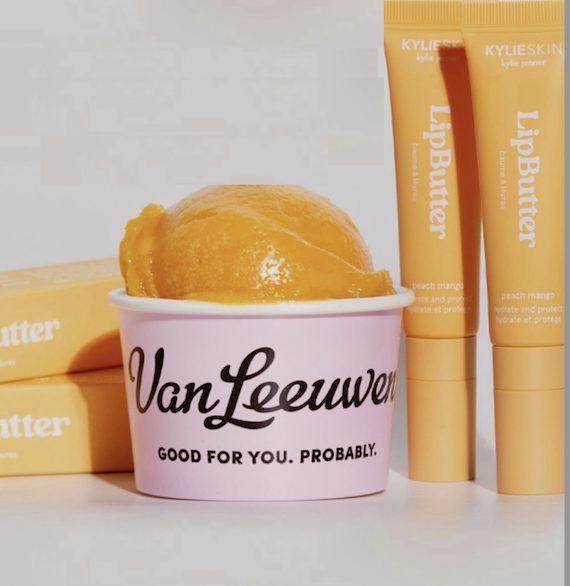What Your Closet Says About The Economy
It might surprise you, but fashion has long been a mirror for the state of the economy. From hemline lengths to lipstick sales, the way we dress often reflects the times we're living in. Economists and style insiders alike have tracked trends in apparel and beauty to gauge consumer sentiment, and when money gets tight, closets tend to speak volumes. But here’s the good news: understanding this connection doesn’t just reveal where we’ve been, it helps us style confidently through what’s ahead.
Hemline Index: The Shorter The Skirt, The Better The Economy
One of the most famous economic-fashion theories is the “Hemline Index,” introduced in the 1920s. The idea? When the economy thrives, hemlines rise (hello, mini skirts). When it dips, skirts get longer. While not an exact science, this trend has appeared across decades, think of the long, flowy dresses of the 1930s Great Depression or the bold minis of the booming 1960s. More recently, post-2020 saw a rise in practical, comfortable styles (sweats, athleisure, oversized fits), echoing the collective need for security and comfort during uncertain times. As inflation and cautious spending continue, expect more timeless, investment worthy pieces to replace fast fashion fads, reflecting a shift toward longevity and quiet luxury.
Image via Assignment Help
The Small Splurge Effect
Another well-known marker is the “Lipstick Effect,” which shows that in tough economic times, consumers may skip big purchases but still indulge in small luxuries. That’s why sales of lipstick, nail polish, and even entry-level designer items often increase during recessions. These purchases offer a sense of control, joy, and self-expression without breaking the bank and fashion brands know it. Many labels pivot their offerings accordingly, focusing on accessories or limited editions to meet emotional and financial needs. Kylie Jenner’s new collab with Van Leeuwen is a perfect example of the Lipstick Effect in action. By partnering with an accessible, affordable brand like ice cream, she taps into consumers’ desire for small luxuries that feel indulgent but remain within reach.
Image via Van Leeuwen
The Rise of Smart, Sustainable Style
Tight economies have also ushered in smarter, more intentional fashion habits. Thrift shopping, capsule wardrobes, and circular fashion have all gained popularity in recent years… not just for their affordability, but because they reflect a shift in mindset. Consumers are demanding more value and versatility from their wardrobes. This signals something powerful: that fashion isn’t just a frivolous spend rather it’s a tool for creativity and sustainability to thrive. Even during economic downturns, personal style remains a form of empowerment.
Image via Pintrest
Fashion and the economy may seem like separate worlds, but they’re deeply intertwined. What we wear can say a lot about where we are culturally. But instead of seeing recession linked style shifts as limiting, we can see them as moments of reinvention. After all, style doesn’t stop when times get tough. If anything, it becomes even more resourceful, expressive, and resilient.. just like us.
Written By: Jacy Morris
Owner & Lead Stylist At Fitted By Jacy


